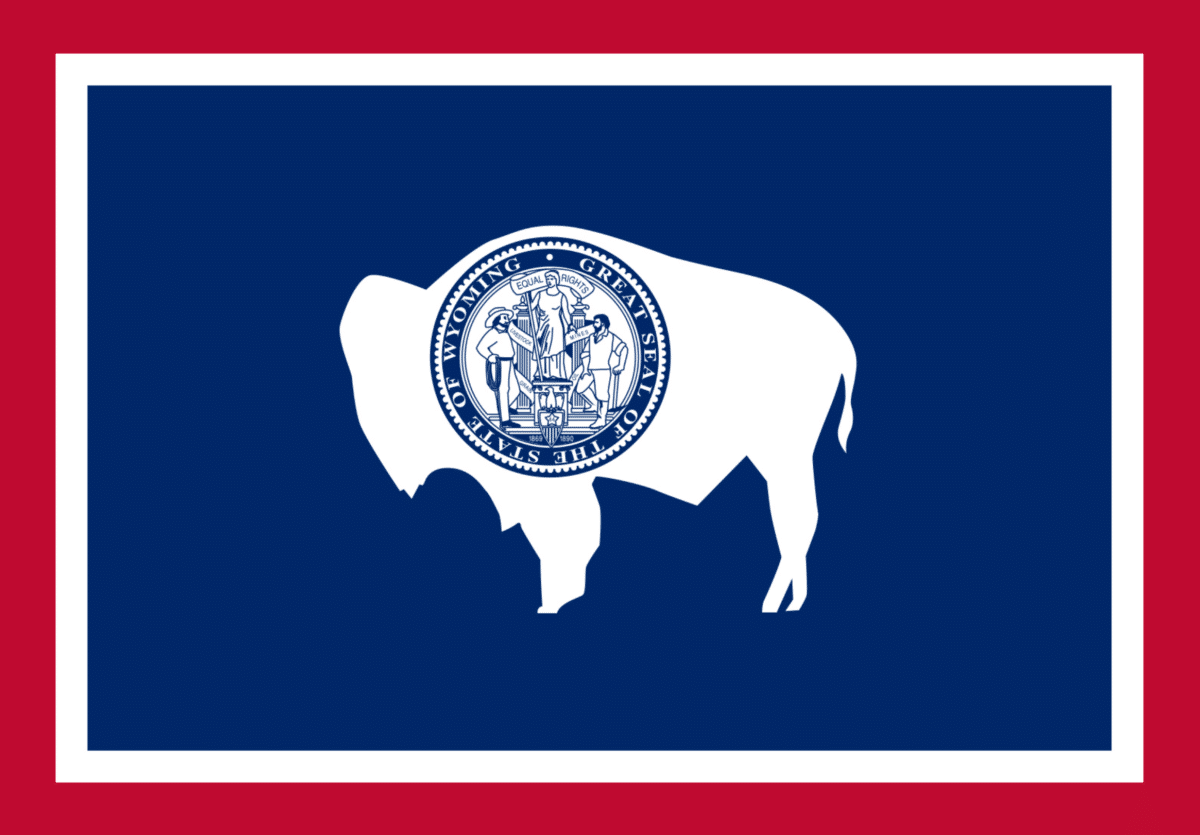Despite hitting a snag earlier in 2020, renewable project and acquisition financing seems to be healthy, with the tax equity market expected to grow by $3 billion over 2019 and capital markets “flush with liquidity,” according to investors and developers at the last week’s virtual REFF Wall Street. Bernardo Goarmon, CFO at EDP Renewables North America, speaking on one panel, said, “Back in March there was a perfect storm, certainly, so what we saw in the capital markets and what we saw in terms of the rush on liquidity was unprecedented.” Now, however, “capital doesn’t seem to be scarce.” Meghan Schultz, senior VP of finance and capital markets at Invenergy, said, “I think unlike the tax equity market where there are some constraints, the commercial debt market does not seem to be constrained,” said Schultz, calling it “flush with liquidity.” Source: S&P Global
An important step in the process of Sunrun acquiring Vivint Solar was completed: It was determined by the U.S. Department of Justice that there were no antitrust concerns associated with the acquisition. Next step will be a stockholder vote of approval on October 1 and an expected close date sometime in early October. Source: Sunrun
Meanwhile in Kansas, NextEra is in the early development process of the $450 million, 500-MW solar/500 MW battery West Gardner project: The project website tells landowners in or near the project area that “you may be able to host solar panels or equipment on your land and enhance your income, potentially for years to come.” In April, CEO Jim Robo said NextEra expects to invest more than $1 billion in storage in 2021, which he said would be the largest annual battery storage investment by a power company in history. Source: Kansas City Business Journal
When wildfires tinted Western skies a Martian hue this week, homeowners with their own rooftop solar systems were able to tell just how much useful sunlight reached them through the gloom: next to none. Mary Holstege of Cupertino, California, whose system normally puts out 40 kWh/day in the summer, barely dribbled out 1.65 — maybe enough to dry a load of laundry. Bentham Paulos, an energy policy consultant in Berkeley, said his PV system peaked at about 12 W, or enough to light one LED bulb. Over the last few years, homeowners began investing in rooftop systems and batteries to hedge against intentional power outages aimed at preventing wildfires. But now some blazes have become so large, they’re effectively shutting down the solar. Source: Bloomberg News
Should Wyoming give solar energy a shot? In many ways, Wyoming’s landscape is ripe for the production of electricity from the sun: high altitude, minimal cloud coverage, open spaces and existing transmission lines. But utility-scale solar development hasn’t taken much root here. The state only has 137 MW of solar generating capacity installed, ranking 39th nationwide in solar energy, according to the SEIA. Investments in solar energy often face public scrutiny given the state’s loyalty to the coal, oil and gas sectors. But could Wyoming’s yawning fiscal crisis and foundering fossil fuel sectors give the renewable energy source another chance to elbow into the state’s energy scene? Source: Casper Star Tribune
This content is protected by copyright and may not be reused. If you want to cooperate with us and would like to reuse some of our content, please contact: editors@pv-magazine.com.








Wyoming is going to fight for coal until it dies. They continually throw good money after bad. They have the sun and wind to be able to transition the state to into an RE export power but do everything they can to prop up coal during its death. Maybe the next 3-5 years when coal and the Wyoming state budget really gets kicked in the teeth they will see the light, but I doubt it.